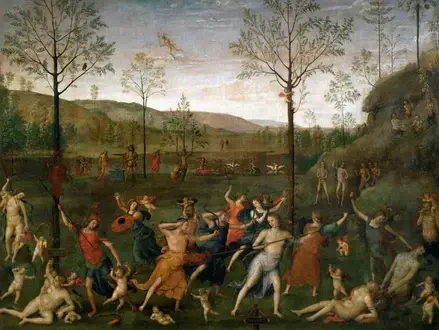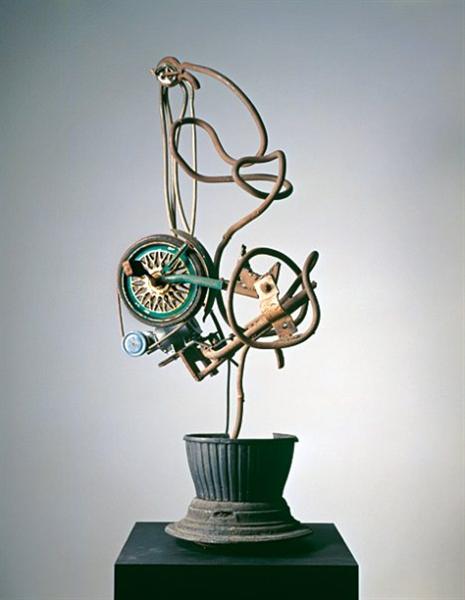Title of Artwork: “Combat of Love and Chastity”

Artwork by Pietro Perugino
Year Created 1503-1505
Summary of Combat of Love and Chastity
Pietro Perugino’s painting, The Battle of Love and Chastity, is on display at the Musée du Louvre in Paris, France. The studiolo (cabinet) of Isabella d’Este, Marchesa of Mantua, was originally commissioned for this piece.
After Andrea Mantegna’s Parnassus and Triumph of the Virtues, Isabella d’Este commissioned this painting for her studiolo. Lorenzo Costa would complete the portraits depicting Isabella d’Este’s coronation and Comus’ reign.
All About Combat of Love and Chastity
As documented in Isabella’s correspondence with Perugino, a Florentine poet active at the time, Isabella’s court poet, Paride da Ceresara, suggested the topic. The notarial contract stipulated that the work must be based on a drawing that depicted the literary theme. The marchesa, for example, was outraged when Perugino painted a naked Venus instead of a dressed one.
The Marchesa was not completely satisfied with the painting when it arrived in 1505. She insisted that oil paint be used instead of the tempera that had been used under her direction to keep it in the style of Mantegna. Perugino, who may have been uncomfortable with the small format of the work, was paid 100 ducats for it.
The painting was given to cardinal Richelieu by Charles I of Nevers after the extinction of the Gonzaga dynasty, and thus moved to Paris. It was later purchased by the government and added to the Louvre’s collection.
The painting depicts a battle between the symbolic figures of love and chastity over a landscape of gently sloping hills. The studiolo’s theme was consistent with other commissions. Minerva, Diana, Venus, Anteros, nymphs, fauns, and others are among the many mythological characters. Foregrounding the triumph of Chastity over Carnal Love are various mythological figures such as Apollo and Daphne; Jupiter and Europa; Mercury with Glaucera; Polyphemus with Galatea; Pluto with Proserpine; Neptune with the carrion crow; and Pluto with Proserpina, all of whom show how Chastity has triumphed over Carnal Love.
Information Citations
En.wikipedia.org, https://en.wikipedia.org/.

























